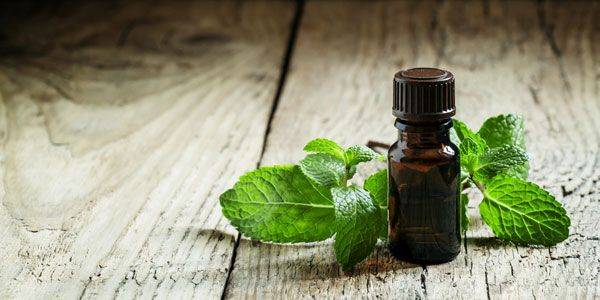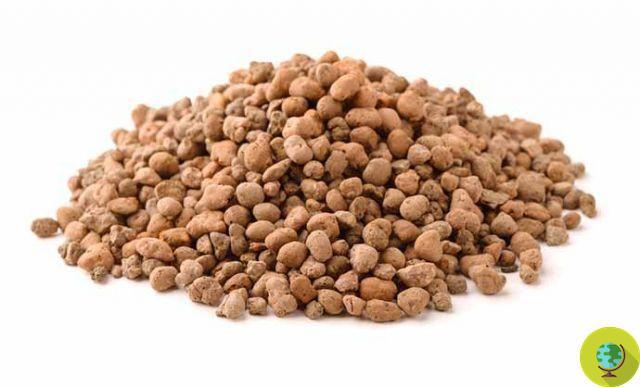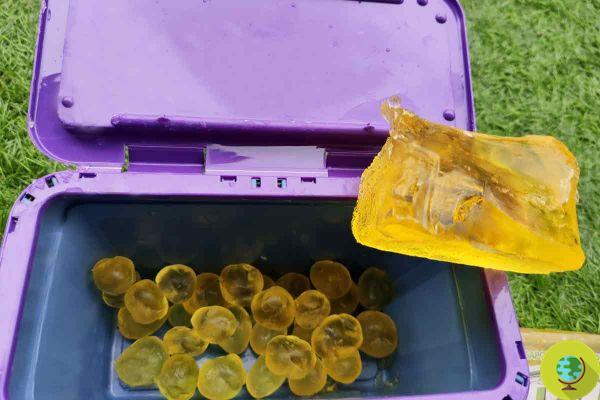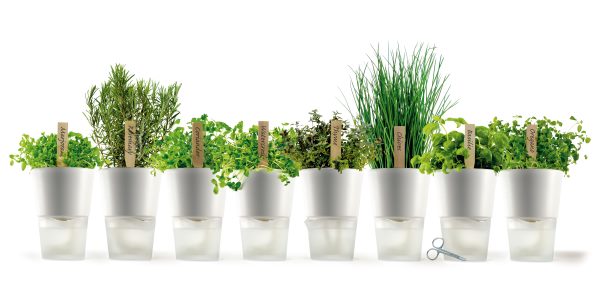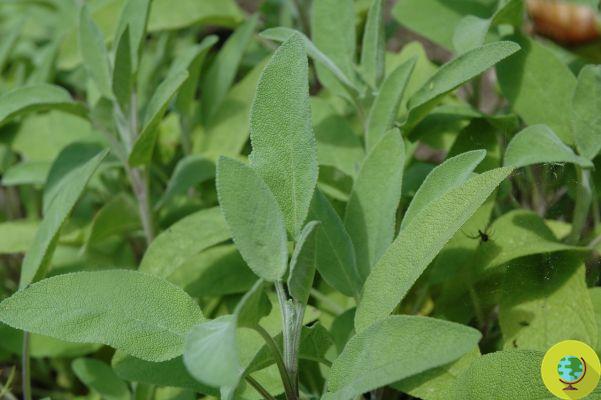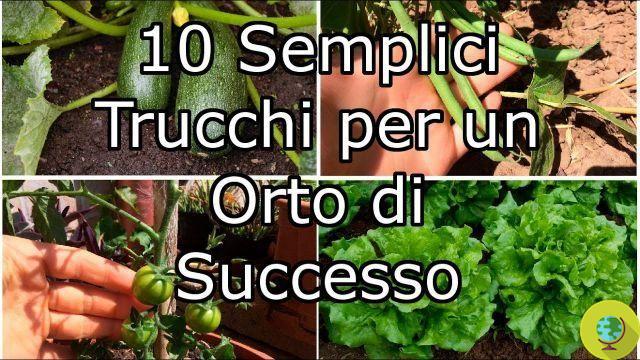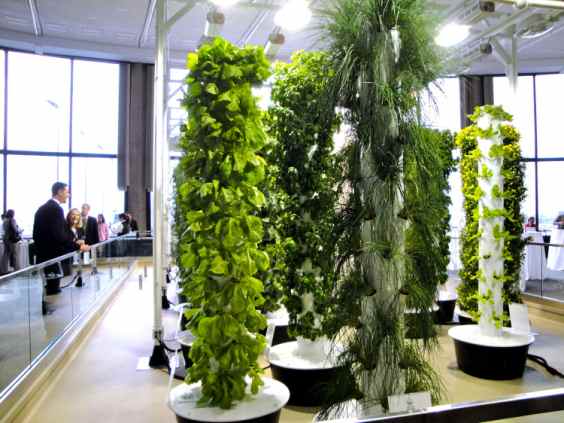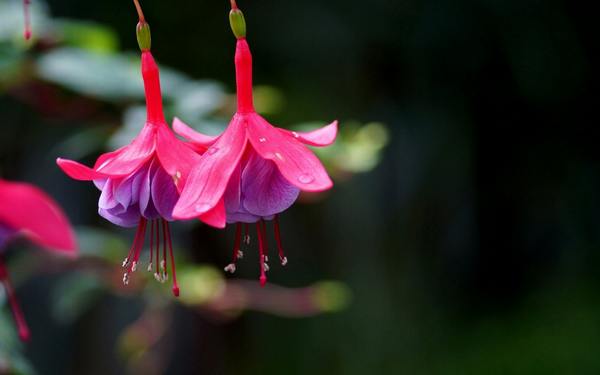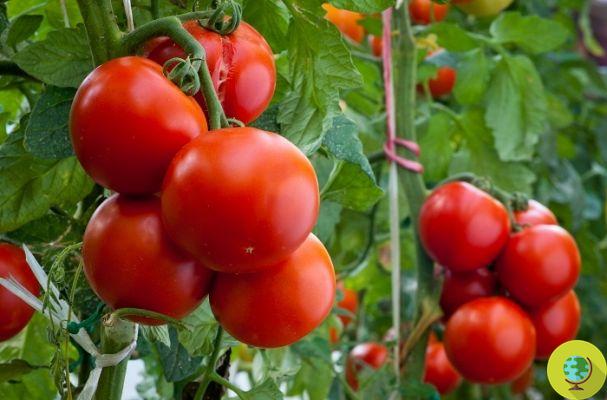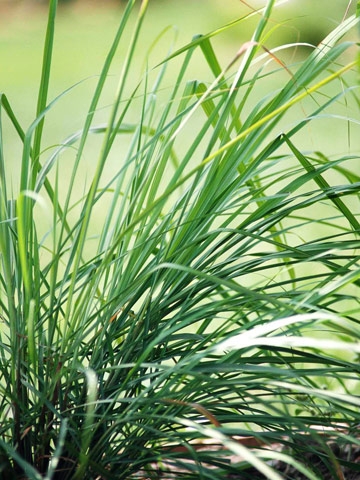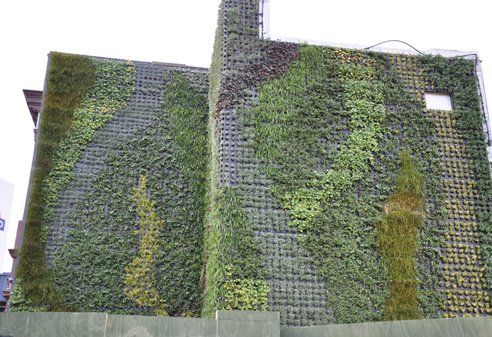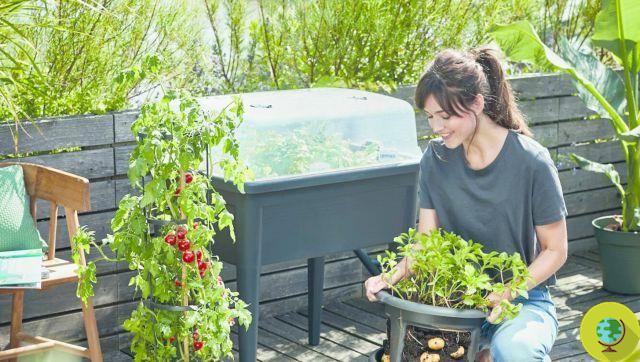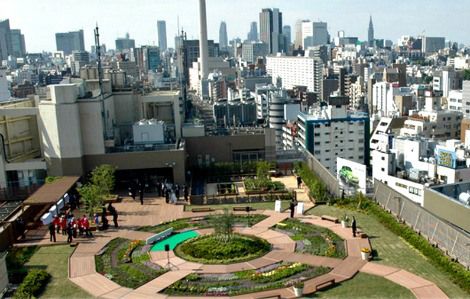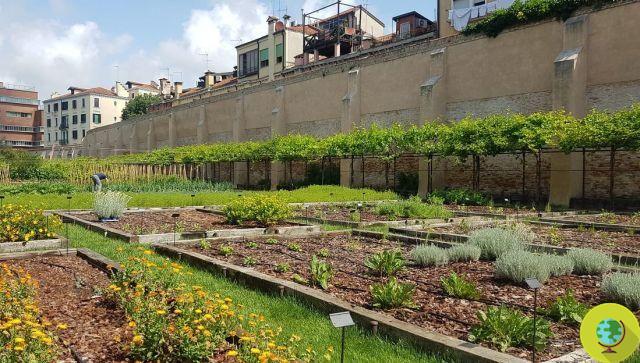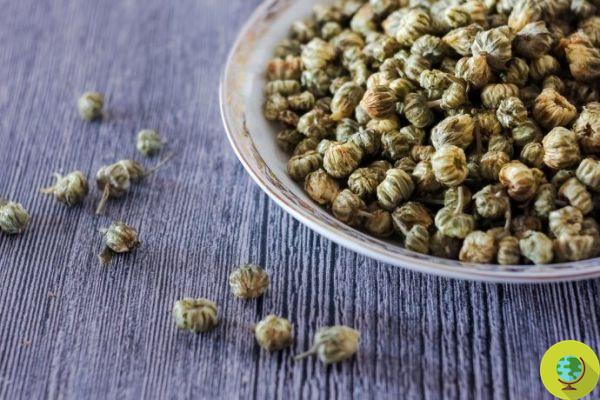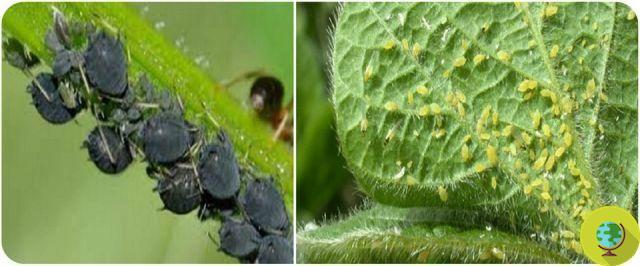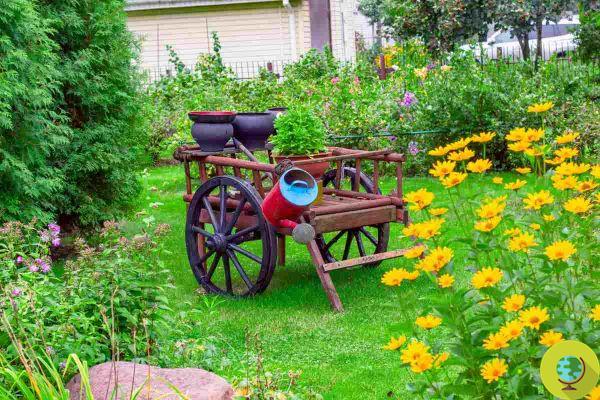All you need to know about how to grow garlic, when to plant it or protect it from pests to get it every year for free at no cost
THEgarlic it is easy to grow in the garden and is a productive and hardy plant. In addition to its culinary use, which we all know, it is a plant that has an incredible value for the health, both of us and of the garden itself in which it is planted.
Index
Scientific name and botanical family
The scientific name of one of the most widespread species of this plant of the Liliaceae family is Allium sativum and includes two subspecies, Allium sativum var. Ophioscorodon, called more simply Ophios, which has a rigid stem, and Allium sativum var. Sativum which instead has a soft stem with hundreds of cultivars and varieties developed over time. Many varieties that have different names are genetically very similar, and in this article you will find information on the ten groups that encompass all varieties of garlic. For example, onion (Allium cepa), leek (Allium apeloprasum), shallot (Allium ascalonicum) belong to the same genus ...
With a history of thousands of years of use by humans, garlic is native to Central Asia, and the north-eastern part of Iran, becoming one of the most widespread plants in world cuisine, since ancient times. Egypt.
Cultivation of garlic
Propagation from garlic heads (bulbs)
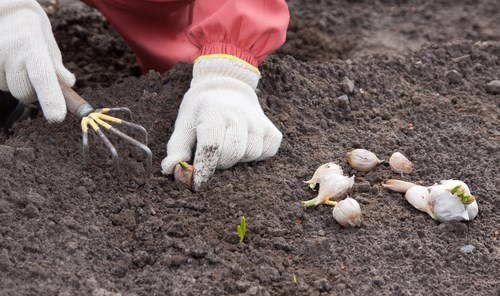
The ideal time for planting is theautunno, from September until December. In milder climates it is also possible to plant it in late winter until early spring. In general, they should be kept in mind at least six weeks before the ground freezes, in order to obtain good root development before the plants enter dormancy.
Choose a sunny place, a good soil, moist but well drained, the one to avoid is the peaty substrate, with a high carbon content. You can choose any type of soil for plants, mixing it with river sand to increase its draining capacity.
Propagating garlic plants requires preparing small trenches with the addition of compost to enrich the soil and improve drainage. Mix the soil with a layer of at least 5 cm of mature compost. In case of acidic soil, mix a light layer of wood ash with the compost. A single garlic bulb can produce up to eight plants. Separate the wedges, making sure the white coating film is intact.
The bulbs must be buried in rows at least 15 cm apart, at a depth of 2-3 cm, spaced at least 10 cm from each other.
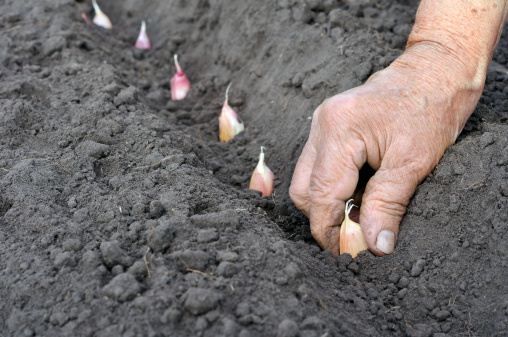
Place each clove with the pointed tip up and cover the trenches with the enriched soil. Protect the surface with several inches of mulch, such as straw and dry leaves.
Propagation by seeds
Propagating garlic from seed is more complicated. The plants must be allowed to bloom and collect the tiny black seeds that are obtained by shaking the mature and dry flowers of the plants and keep them in a dry place until the moment of sowing.
Growing Allium from seed can be a frustrating process, as it takes much longer than plants growing directly from bulbs or bulbs and their germination is often difficult.
They are sown indoors in the fall or early winter, after keeping them in the refrigerator for at least four weeks to encourage germination. Cover the seeds with at least ¼-inch soil covering them. They must be in an area of at least an inch of soil and keep at least 15 ° C, covered to maintain moisture and heat, well exposed to light after the seedlings have sprouted.
In spring they will be planted in full ground and you will get the bulbs the following year, while by planting the garlic cloves you will get a harvest in a few months.
The bulbs
The bulbils are not garlic bulbs, but tiny undivided bulbs, which can be used as seeds. They usually develop on the flower stem, near the inflorescence, and can be confused with flowers. Instead, they are clones of the mother plant, ranging in size from a grain of rice to that of a chickpea and can be planted like the largest cloves of garlic, after being picked and dried.
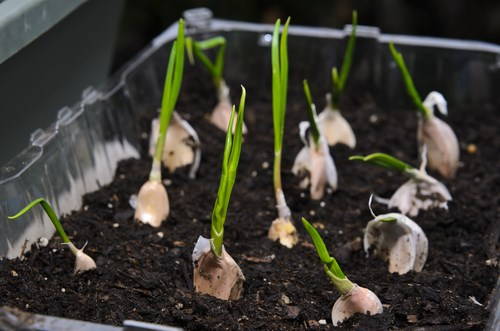
READ also: How to grow garlic on the balcony in 6 steps
Fertilization
If garlic plants grow limp instead of standing upright, there may be problems with a lack of nutrients in the soil, such as nitrogen, potassium, calcium and magnesium. Since garlic takes a long time to develop, it needs nourishment and for this reason it is better to fertilize the plants as best as possible from the beginning: if you plant it in the fall, it is better to fertilize it in the spring, then continue every three to four weeks. .
Irrigation
Water the garlic deeply every eight or ten days, if spring is dry, stopping around June, when they are ripe by now.
Collection and conservation
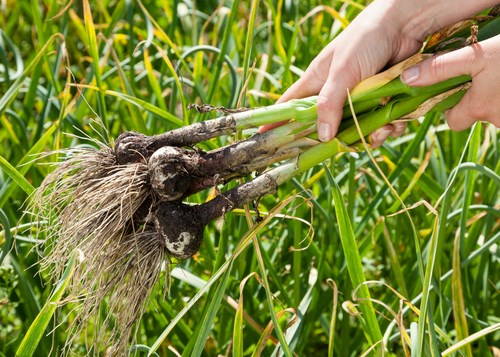
Towards the end of June, start checking the bulbs, picking one and cutting it in half to check how ripe it is. It is harvested when at least one third of the leaves appear pale and dry and absolutely must not be allowed to bloom, unless you want to try to collect the seeds. Quietly cut off the flower stems at the base if they start to grow.
Once harvested, store the garlic heads in a shady, warm, dry and airy place for at least a week. Avoid exposure to rain and direct sun.
Garlic can be stored for months in a cool, dry and dark place. Cold temperatures promote sprout growth, so don't store them in the refrigerator.
Garlic, diseases and pests

Adversities could arise in the cultivation of garlic that undermine its growth and yield. In particular:
- Too much humidity: rot can be lethal for the plant, as it causes the death of the bulbs and roots and, consequently, of the whole plant.
- Mushrooms: Although garlic has fungicidal and bactericidal properties, thanks to its allicin content, which is released if the bulb is squeezed, molds can also lead to necrosis of the plant. This substance keeps aphids and other insects away.
- Acari: Mites are an example of parasites that manage to attack garlic bulbs. They are white and shiny and are found grouped under the roots of plants, damaging the harvest. Since they can be transmitted from one generation of plants to another, in case of mite infection, it is advisable to rotate the plantations avoiding planting garlic in the same place in the following years. You can treat them by soaking the garlic bulbs in hot water before planting them.
- Nematodes: A garlic parasite is Ditylenchus dipsaci, a tiny worm that lives and reproduces inside garlic plants by eating all parts of the stems, leaves and bulbs. It can live without water and survive for many years in the soil. The worst thing about garlic nematodes is that their population continues to expand exponentially for years with no visible signs of damage. This means that for years, the garlic plants will not be significantly affected, but then the nematode population, which has grown to astronomical levels, will decimate the entire harvest.
- Tisanoptera: they are insects endowed with a stinging-sucking mouthparts. Those of the genus Thrips are the most common and suck the sap of the plants gradually, slowing down the growth and production of bulbs.
Some of the listed pests can be treated by applying appropriate pesticides on the market, but if you prefer to use a more organic method, the first thing to do is to practice crop rotation, look for clean and guaranteed seeds and bulbs for planting, sterilize the tools that are used in the garden.
Oddly enough, on some of these garlic-eating pests, thegarlic extract works as a repellent. All that remains is to try.
READ also: How to use garlic for garden pests
What to plant together with garlic
Planting garlic in the garden is a way to improve its health: it helps nearby plants to protect themselves from parasites, keeps insects such as aphids, ants, snails, beetles away ... it naturally contains sulfur and therefore is a powerful fungicide. In general it grows well near Solanaceae and Brassicaceae, at roots such as turnips and carrots, but we can also grow it near flowering plants, which will be protected from its presence: roses, geraniums, daisies, nasturtiums ...
Some medicinal plants, on the other hand, growing close to garlic can improve its flavor and help its growth: plant it in the middle of the rue, which keeps worms away, and chamomile.
However, some plants do not benefit from its proximity. Plant asparagus, pea, bean, sage, and parsley plants well away from the garlic plants.
On garlic, you may also be interested in:
- Garlic alcohol, how to prepare the infallible natural insecticide against plant aphids and scale insects
- Against aphids and garden pests try these simple garlic tricks (and recipes)
- Garlic Coffee: The bizarre drink that the Japanese love so much
- What happens to those who eat garlic every day?
- Garlic, have you ever tried to eat this natural antibiotic for breakfast on an empty stomach?
- Do you like garlic, but not the effect on your breath? With these remedies it will be truly kiss-proof
- Everyone's crazy about black garlic! The unexpected benefits that will make you want to eat it in wedges
- Garlic: better raw or cooked? The trick you may not know to make it less indigestible




